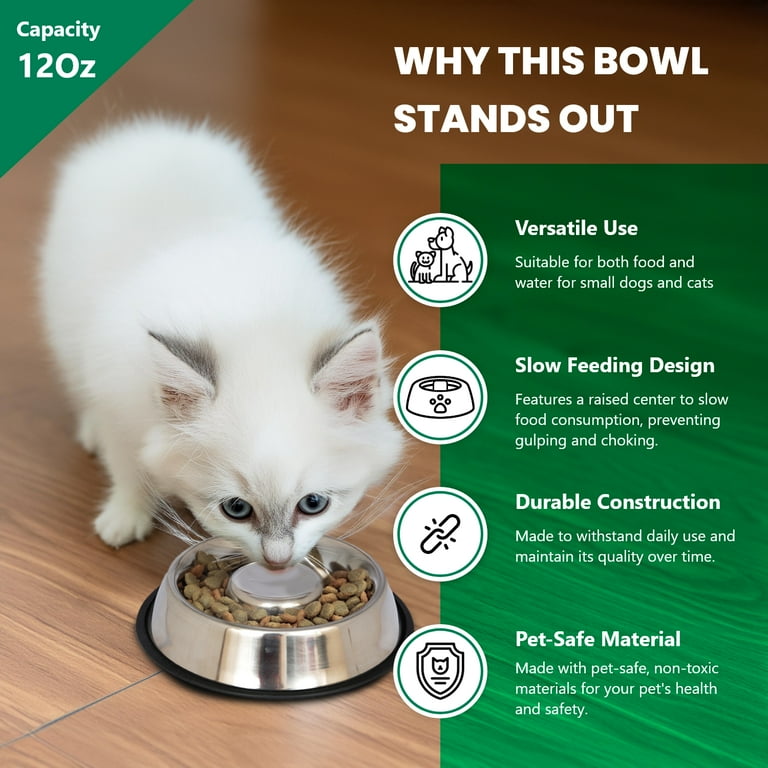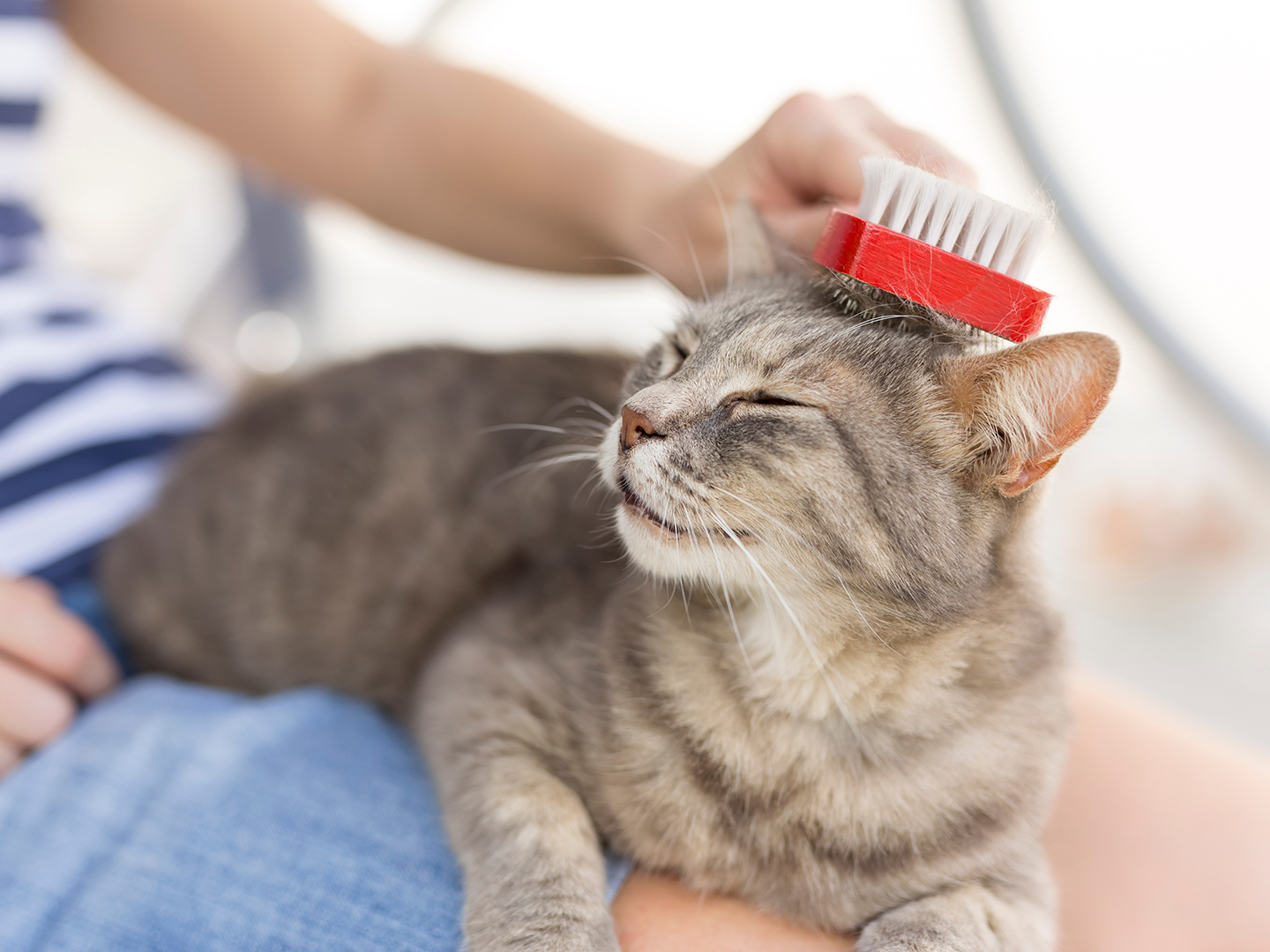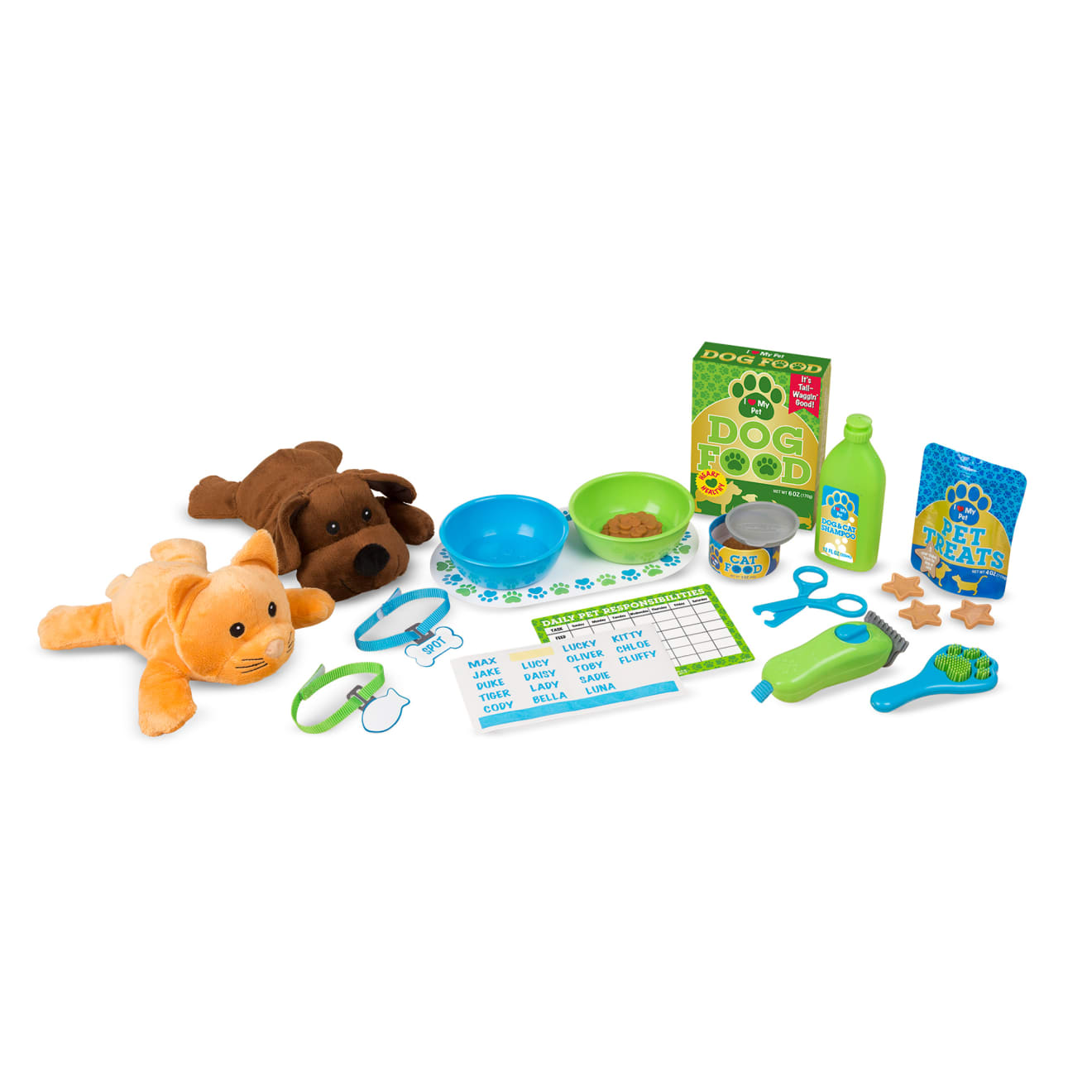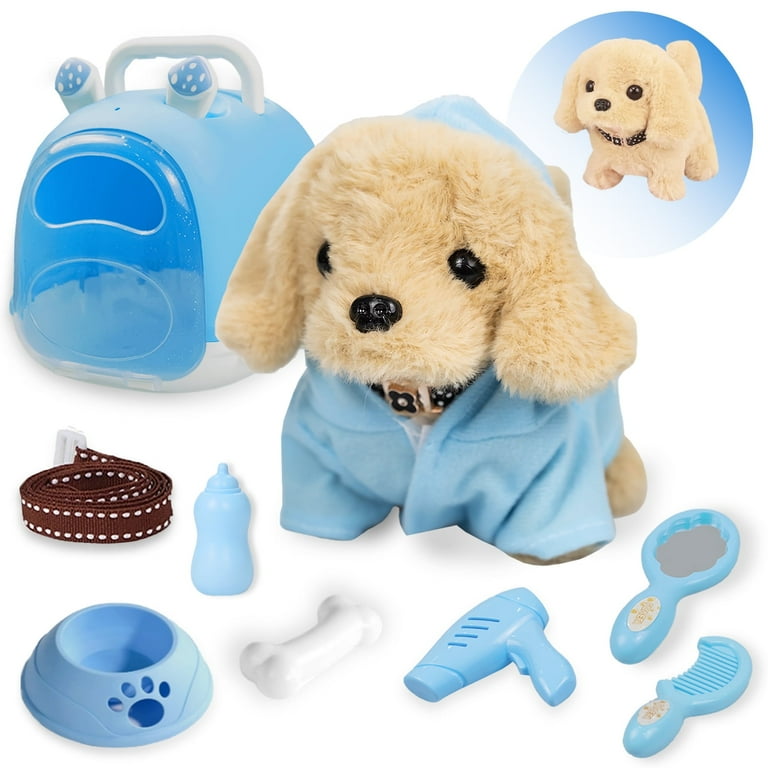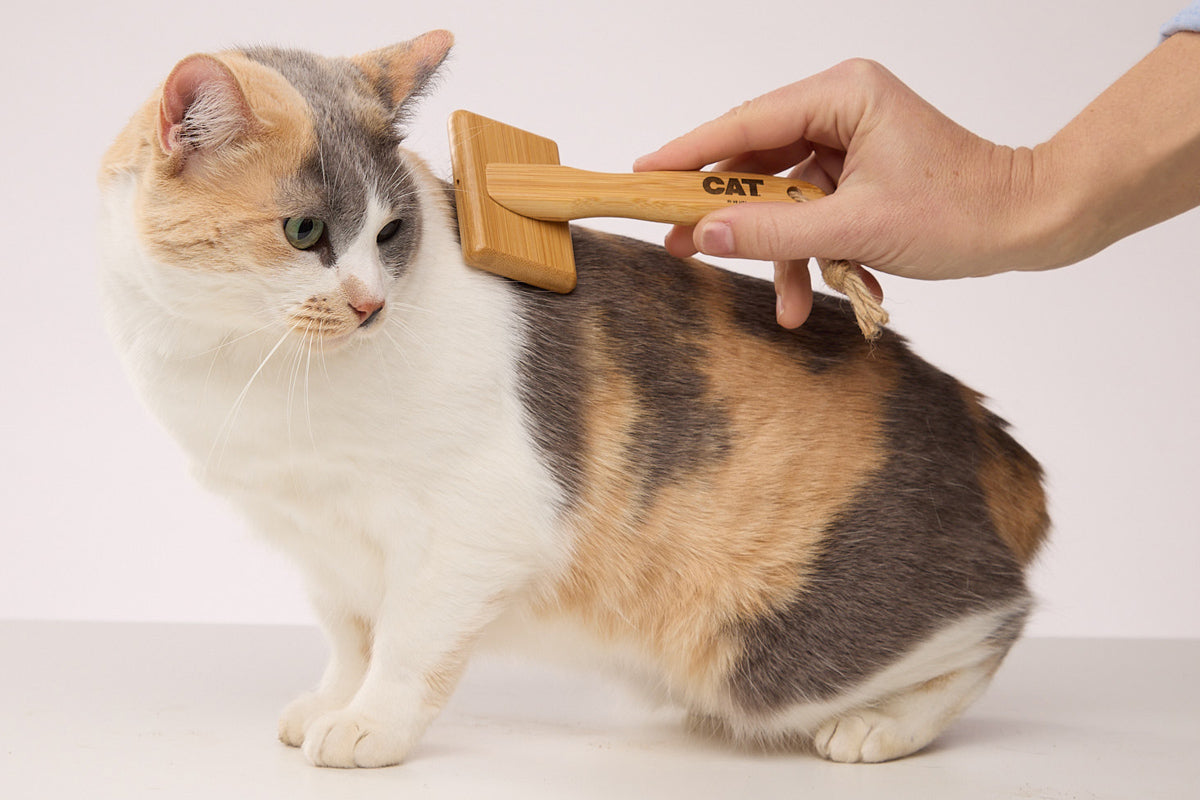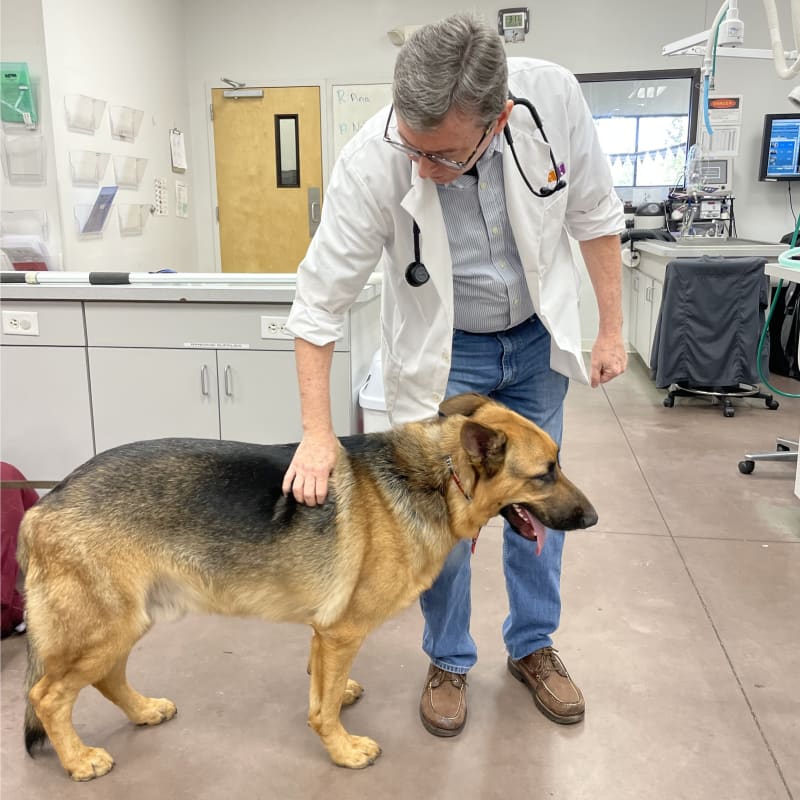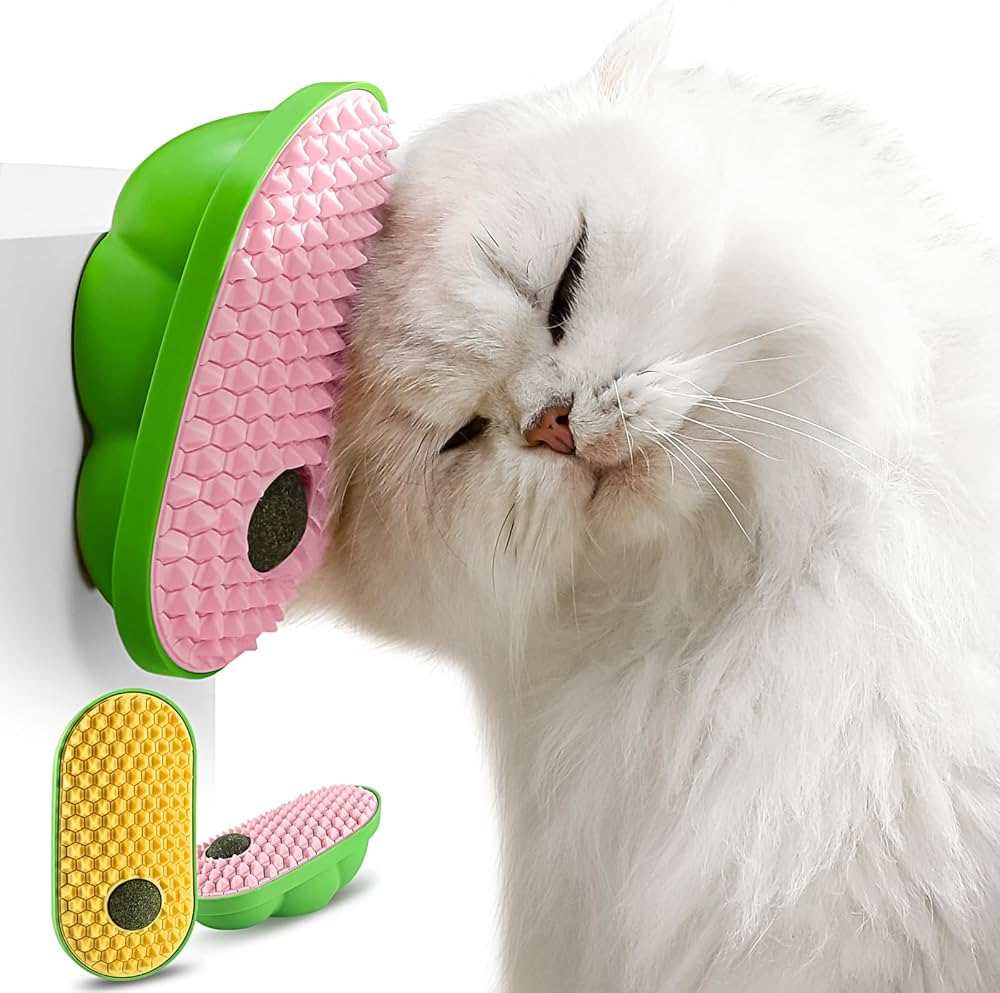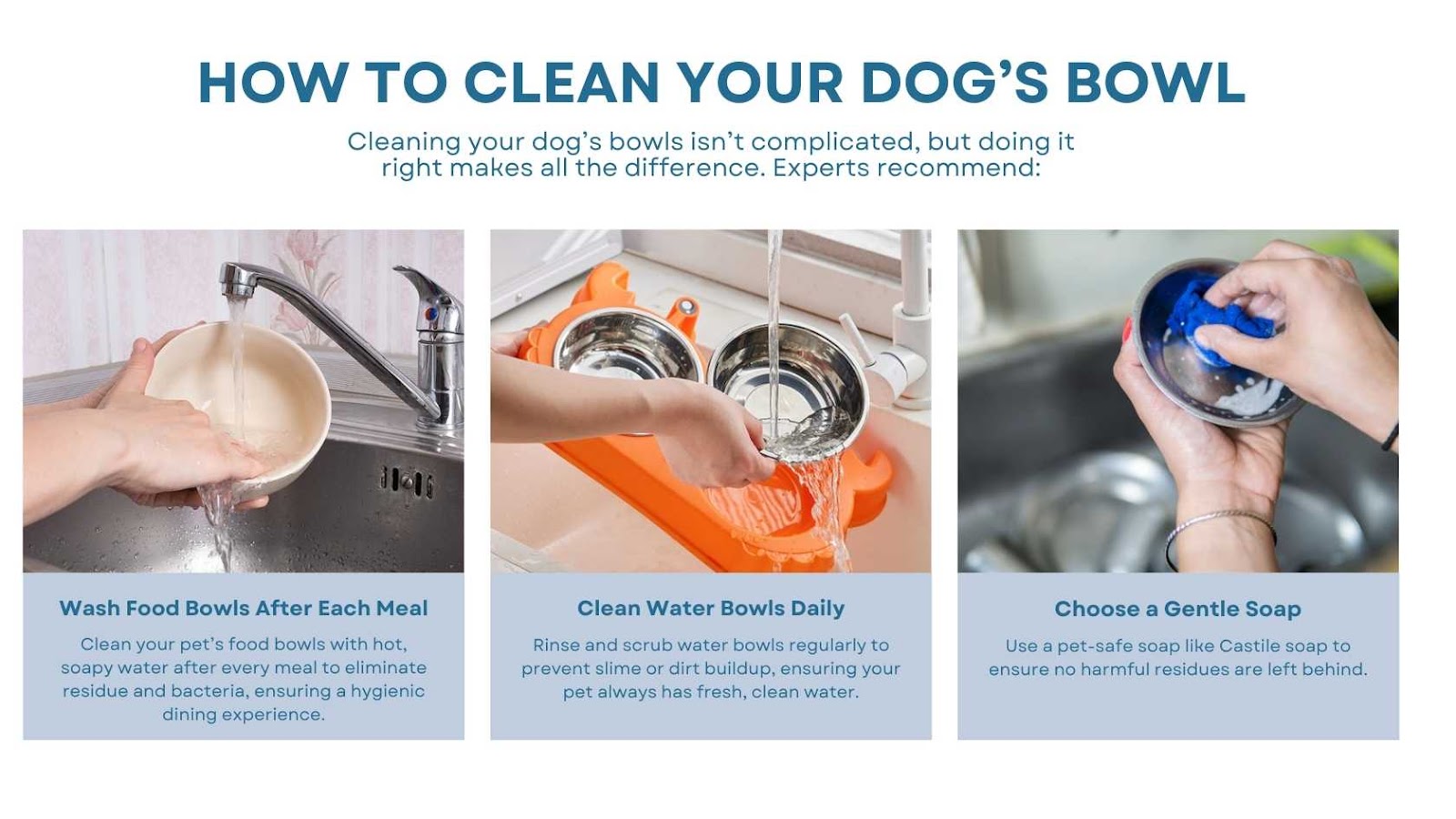
How to Read a Pet Food Label: Ingredients, Guaranteed Analysis, and Feeding Guidelines
Labels must be truthful and not misleading; ingredient lists and feeding guides help owners match portions to needs. Use the chart on the packaging as a starting point and adjust based on your pet's body condition over time. Always read ingredient and feeding guides on packaging; seek veterinary advice to personalize portions.
